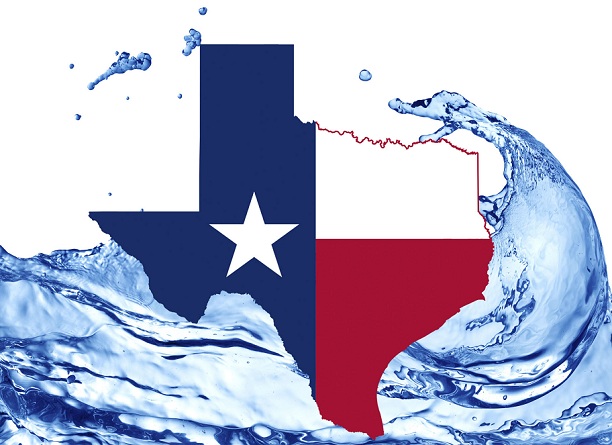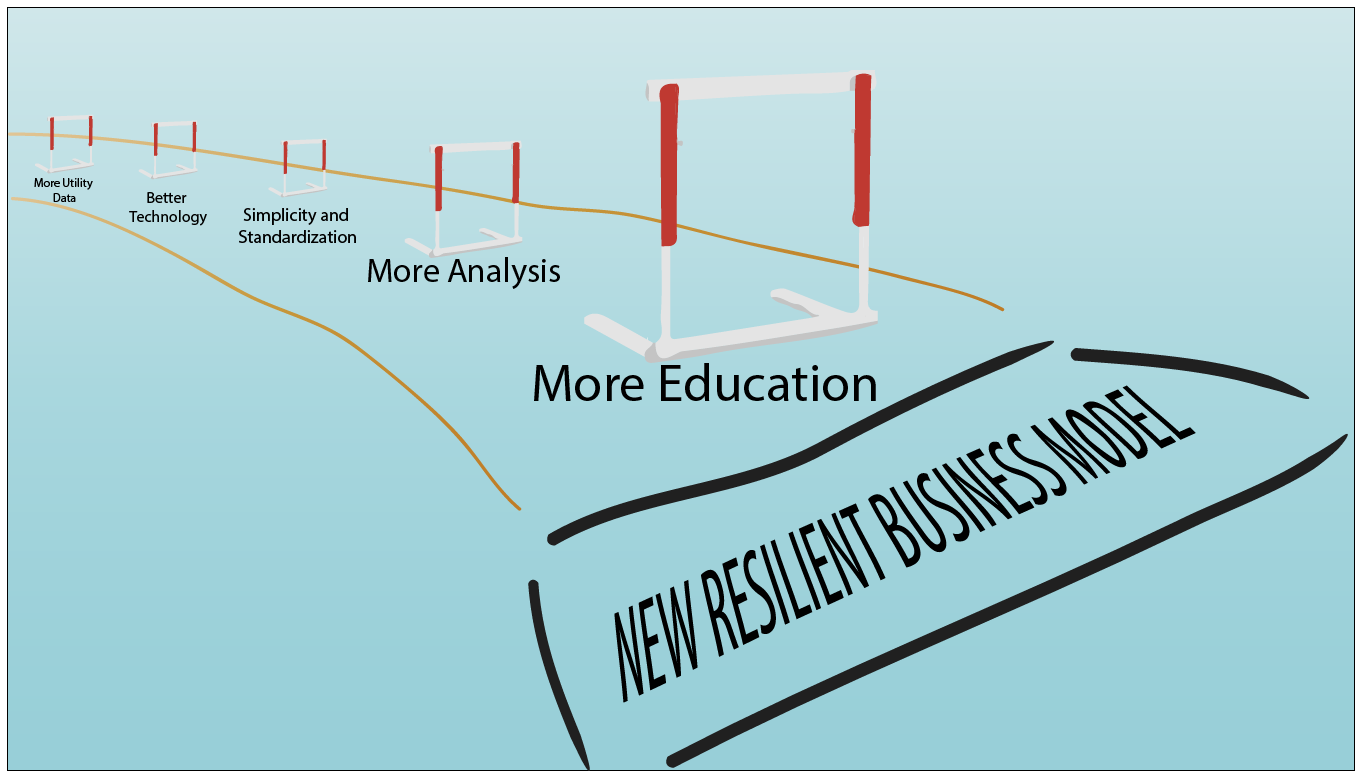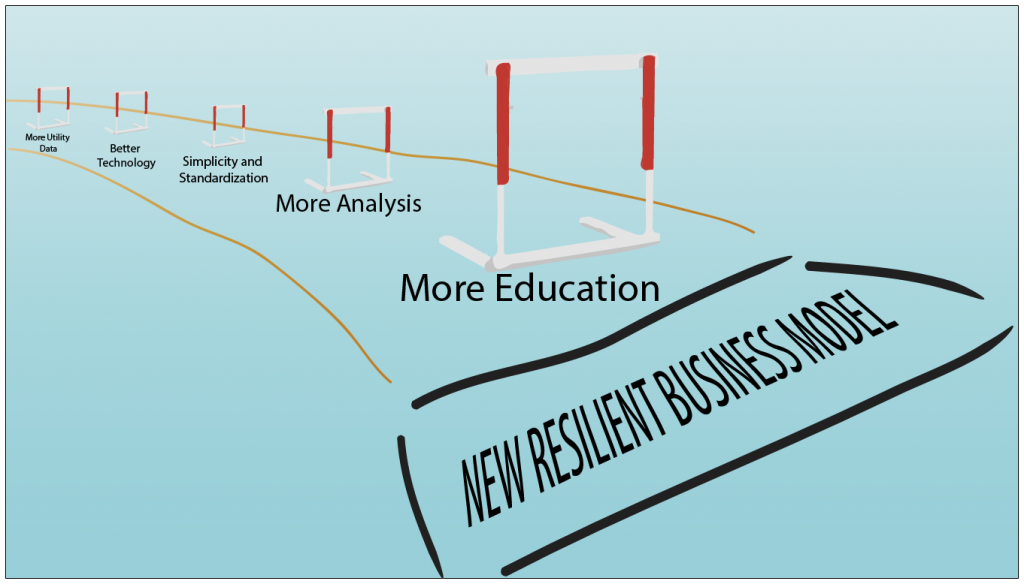Dayne Batten is a Research Assistant for the EFC and second year MPA student at UNC-Chapel Hill’s School of Government.
Traditional engineering plans suggest that, when customer demand approaches the maximum daily capacity of a utility’s treatment plant, the utility should make an expansion to its plant sufficient to handle several decades of growing demand. By following such a strategy, utilities will have a significant amount of excess capacity in the years immediately following a plant expansion. Hence, utilities may face a tradeoff between building a treatment plant capable of serving their needs for quite some time, or expanding their plant incrementally to control fixed costs. As part of our ongoing research into resilient business models for water and sewer utilities, we wanted to see if utilities that were using a greater percentage of their treatment plant capacity tended to be in better (or perhaps worse) financial health.











